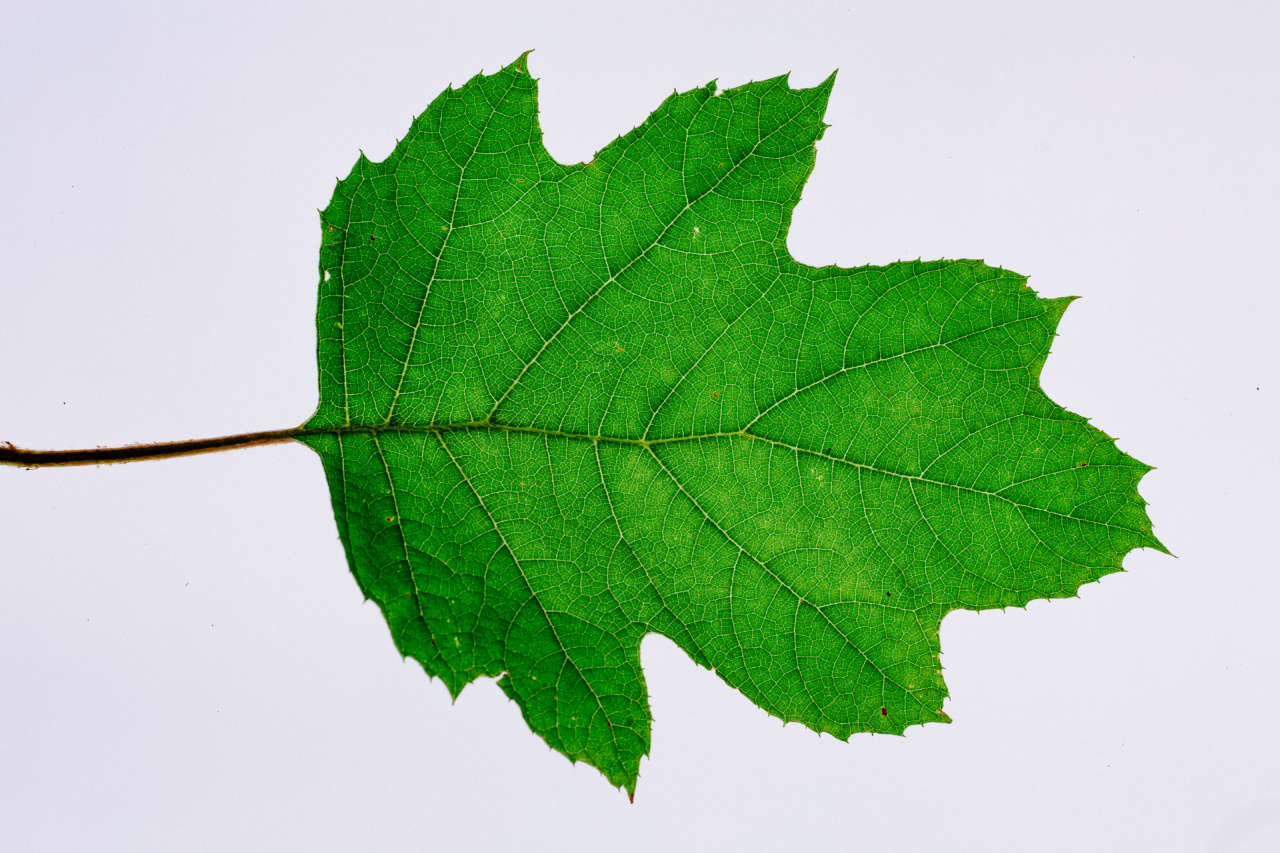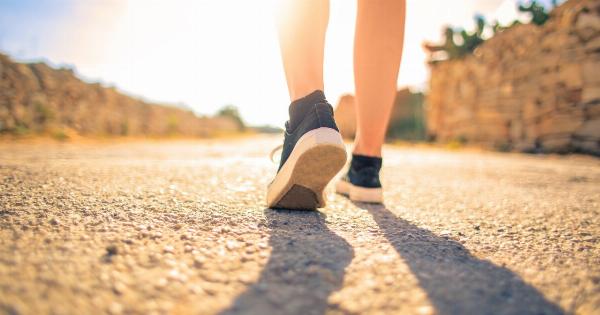Summer is a great season to enjoy outdoor activities, go on vacations, and embrace the warm weather. However, for individuals with varicose veins, summer may be a challenging time.
Varicose veins are swollen, enlarged veins that can be visible under the skin and can cause pain and discomfort. The heat can exacerbate symptoms such as swelling, fatigue, and itchiness. Fortunately, there are ways to manage varicose veins during summer and enjoy the season with confidence.
In this article, we will discuss effective ways to navigate summer with varicose veins.
Stay Hydrated
Drinking water is essential during summer, especially for individuals with varicose veins. Dehydration can lead to thicker blood, which can worsen vein problems. It is recommended to drink at least eight glasses of water a day to keep your body hydrated.
You can also include fruits and vegetables with high water content in your diet, such as watermelons, cucumbers, and strawberries.
Wear Compression Garments
Compression garments can help improve blood circulation and reduce swelling in the legs. They can also minimize pain and discomfort associated with varicose veins. Compression stockings are available in different sizes and strengths.
It is important to consult your doctor or a certified fitter to determine the right compression level and size for your needs. You can wear compression stockings under your clothes during summer, or choose open-toe stockings or footless pantyhose for more breathable options.
Avoid Prolonged Sitting or Standing
Prolonged sitting or standing can put pressure on your veins and worsen varicose veins symptoms. During summer, try to move around every 30 minutes or so if you have a sedentary job or lifestyle.
If you are standing for long periods, consider wearing comfortable shoes and shifting your weight from one foot to the other. You can also elevate your legs for a few minutes several times a day to improve blood circulation and reduce swelling.
Avoid Excessive Heat Exposure
Exposure to excessive heat can worsen symptoms of varicose veins during summer. It is advised to avoid sunburns, hot tubs, and saunas. You can also try using a cooling lotion or gel on your legs or take cool showers to alleviate heat sensation.
Additionally, it is recommended to avoid direct sunlight and wear sunscreen when going outdoors to prevent skin irritations and sunburns.
Exercise Regularly
Regular exercise can improve blood circulation and strengthen the muscles in the legs. It can also help maintain a healthy weight, which can reduce the pressure on veins.
During summer, choose low-impact exercises such as walking, biking, or swimming, which can be enjoyable outdoor activities. You can also find indoor exercises such as yoga or Pilates that focus on leg movements and stretching.
Eat a Healthy Diet
A balanced diet can support your overall health and reduce inflammation in the body. It is recommended to consume foods rich in fiber, vitamins, and minerals, such as whole grains, fruits, vegetables, and lean proteins.
You can also include foods that contain flavonoids, which are compounds that can improve blood flow and strengthen vein walls. Examples of flavonoid-rich foods are blueberries, cherries, citrus fruits, and dark chocolate.
Cool Down Your Legs
During summer, it is common to experience swollen and achy legs due to heat and humidity. You can try some simple remedies to soothe your legs and reduce swelling.
For example, you can apply a cool, damp towel on your legs for 15-20 minutes several times a day. You can also soak your feet in cold water or use a foot spa with cool water and add Epsom salt or essential oils for relaxation.
Get Professional Treatment
If you have severe or persistent varicose veins symptoms, it is recommended to seek professional treatment. Your doctor can evaluate your condition and recommend appropriate treatment options, such as sclerotherapy, laser therapy, or surgery.
These treatments can effectively reduce the appearance and symptoms of varicose veins and improve your quality of life. It is important to follow your doctor’s instructions and attend regular check-ups to monitor your progress.
A Final Word
Summer can be a delightful season for individuals with varicose veins, too. By following these tips, you can manage your symptoms and enjoy outdoor activities with confidence.
Remember to stay hydrated, wear compression garments, avoid prolonged sitting or standing, avoid excessive heat exposure, exercise regularly, eat a healthy diet, cool down your legs, and seek professional treatment if necessary. With proper care and attention, you can navigate summer with varicose veins and feel your best.






























